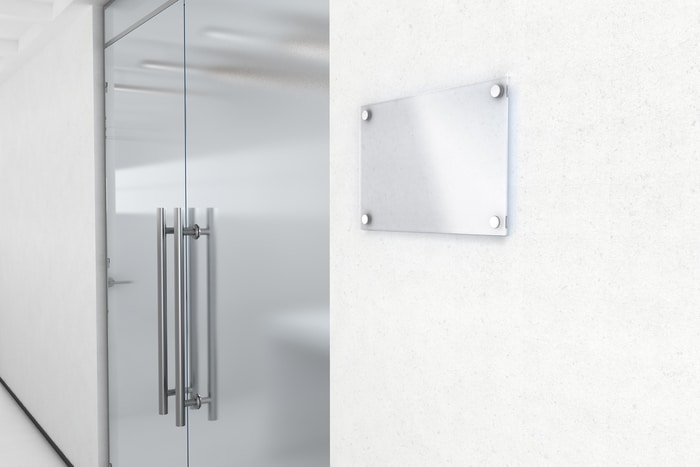For years now, glass has served an important purpose for many different aspects of the world. It is used in houses, vehicles, phones and of course other miscellaneous products. It is quite clear that it is the go-to material for windows and other screens.
However, there has been a competitor looming over the shoulders of glass over years now and that is acrylic. Acrylic is a textile fiber and synthetic resin that can be used in place of both glass and plastic for most of their respective uses. There seems to be a lot of information around acrylic that needs to be addressed.
Weight
Acrylic is much lighter than glass, in fact, it is less than half the weight of glass. This could be very important for cars as there is a lot of focus on reducing weight, especially when adding other things like larger engines. It is likely that larger loads of acrylic can also be transported because of this.
Light Transmittance
Glass can only transmit between 80% and 90% light whereas acrylic can actually transmit up to 92% light. Acrylic also reflects light much better than glass which again makes it a good substitute for glass particularly in relation to windows.
Impact resistance
Acrylic is a lot stronger than glass and where glass shatters, acrylic usually only cracks but if it breaks it does so into large but blunt edges. This is why they are very appropriate for windows as they are things that are more likely to receive some impact at one point in time.
Manufacturing
In the manufacturing process, using acrylic sheets is actually a lot more cost-effective than glass. It can actually be produced at half the price of glass making it the perfect alternative considering it can do pretty much anything that glass can do. On top of this, the reduced weight means that shipping costs may be lower as the load isn’t as heavy.
Insulation
Despite being a lot lighter than glass, acrylic insulates a lot better, hence why it is usually used in skylights. Usually, we require double glazing windows for sufficient insulation for our cars and homes, but acrylic can definitely become a big competitor.
Acrylic is clearly an effective alternative for glass, it can be used in almost all places where glass can. The only problem is that knowledge of the benefits of acrylic is not as widespread as it should be. Ultimately, it is actually more versatile than glass and seems like it should be set to take its place in the future. You can learn more about the versatility of plastic and its alternatives with Simply Plastics courtesy of this infographic.



